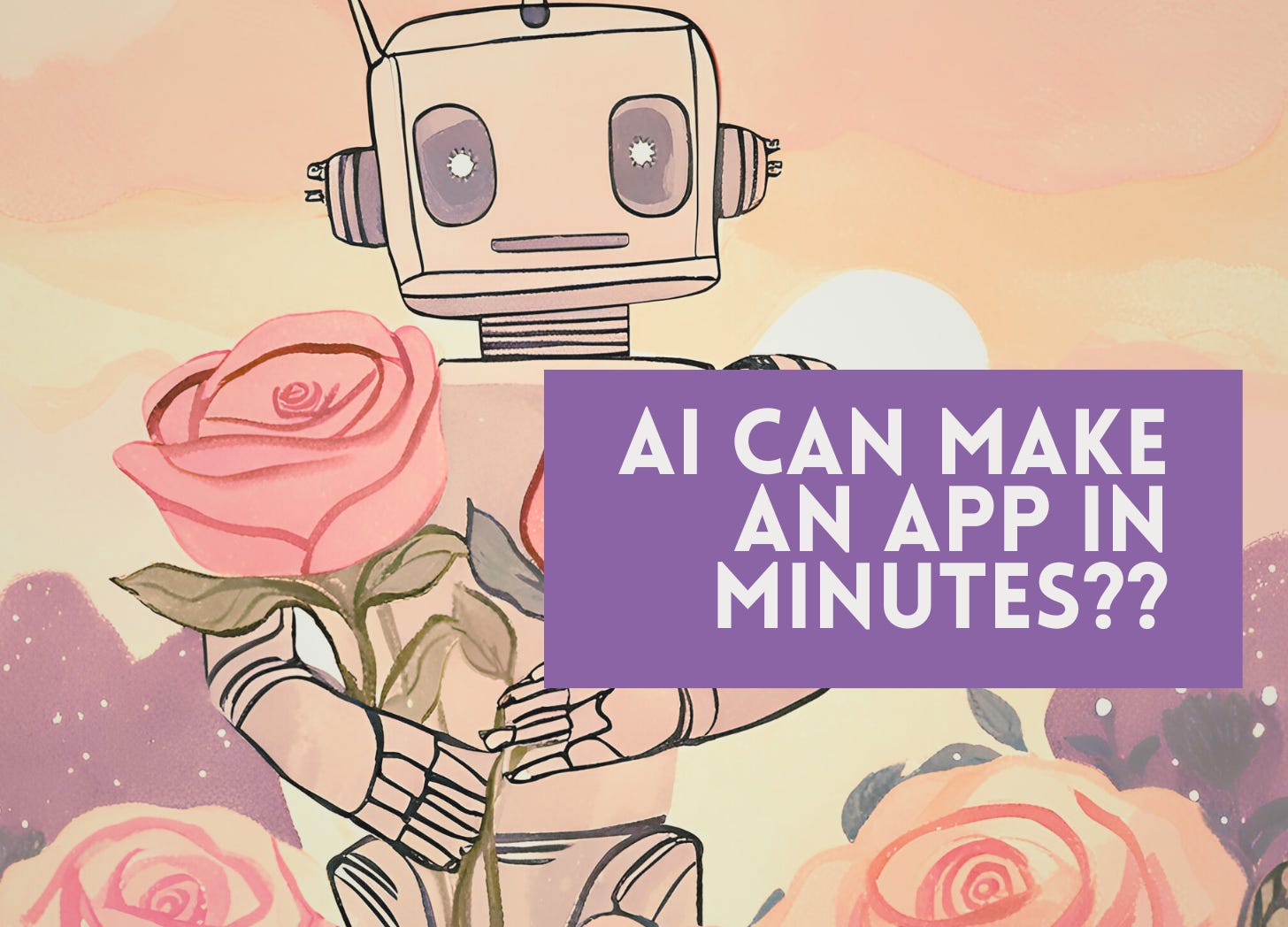“Building With Lovable: AI as Creative Partner”
In this hands-on episode of HappyTec:, Fi and Rob (from Unblock Me Digital) dive into the emerging world of AI-assisted app creation using a new tool called Lovable. What starts as a simple attempt to create a workout tracker becomes a deeper exploration into how non-coders can now build web apps, debug code, and even visualize data—all without touching a traditional IDE.
But the magic here isn’t just in the tech—it’s in the questions that surface along the way.
What happens when a platform makes assumptions on your behalf?
What if the design looks polished but nothing actually works underneath?
How do we stay grounded, curious, and discerning when the AI gives us what we ask for, but not what we need?
Together, Fi and Rob walk through the real-life experience of building an app with no coding knowledge. From logging leg-day exercises to uncovering invisible errors, they reveal just how far the technology has come—and how critical it still is to test everything, stay specific with prompts, and check for functionality beneath the surface.
Rob demystifies terms like compiling, saving to local storage vs. databases, and how TypeScript errors show up in AI-generated code. Fi brings the honest questions many of us have but are afraid to ask—like, “Why doesn’t the button work?” and “Where’s the data going?”
By the end of the episode, they’re not just teaching you how to build an app—they’re inviting you to think more critically about how AI co-creation works, and how to stay empowered in a process that can feel both magical and mystifying.
Themes covered:
Prompt engineering and specificity
The illusion of “done” in AI-generated code
Debugging as a necessary act of clarity
Saving data: local vs. database
Creating custom interfaces that work (not just look good)
Staying calm when the AI “runs with” your idea without asking
Whether you’re building your first app or just curious about where no-code meets AI, this episode is a thoughtful and grounded entry point into what’s possible—and what still needs human attention.
“It’s not just about what you type in. It’s about what you assumed the system would do when you stopped typing.”
















Share this post